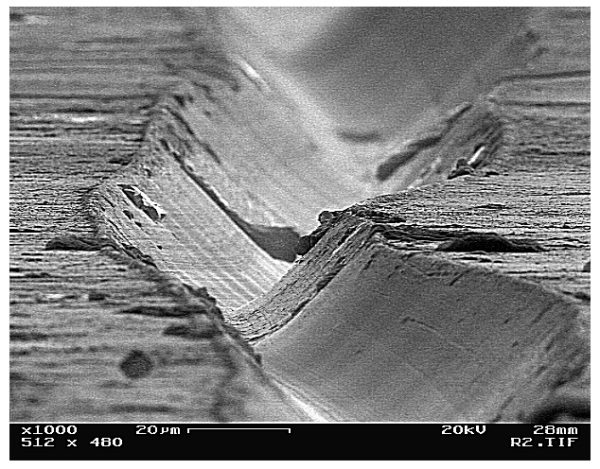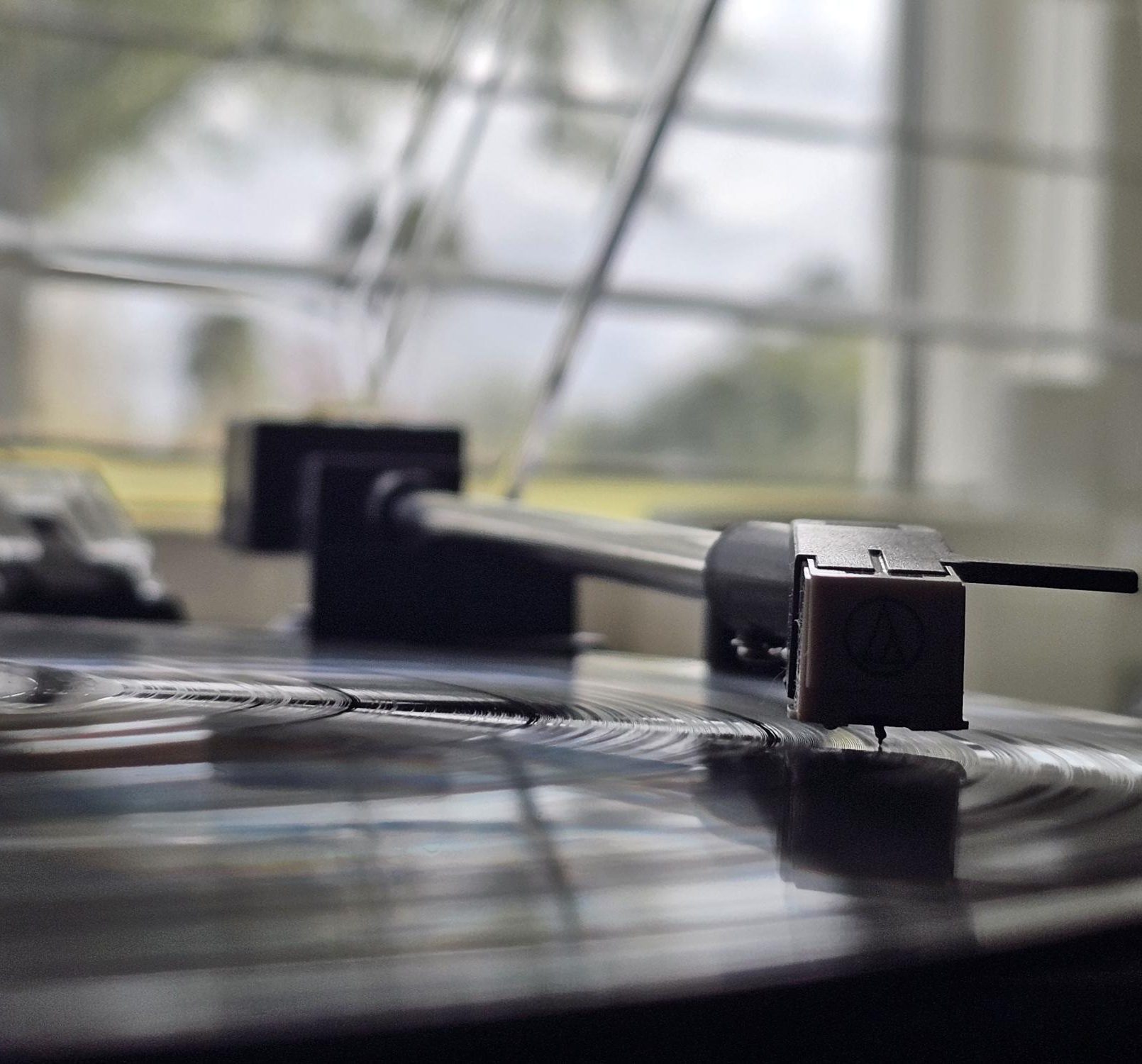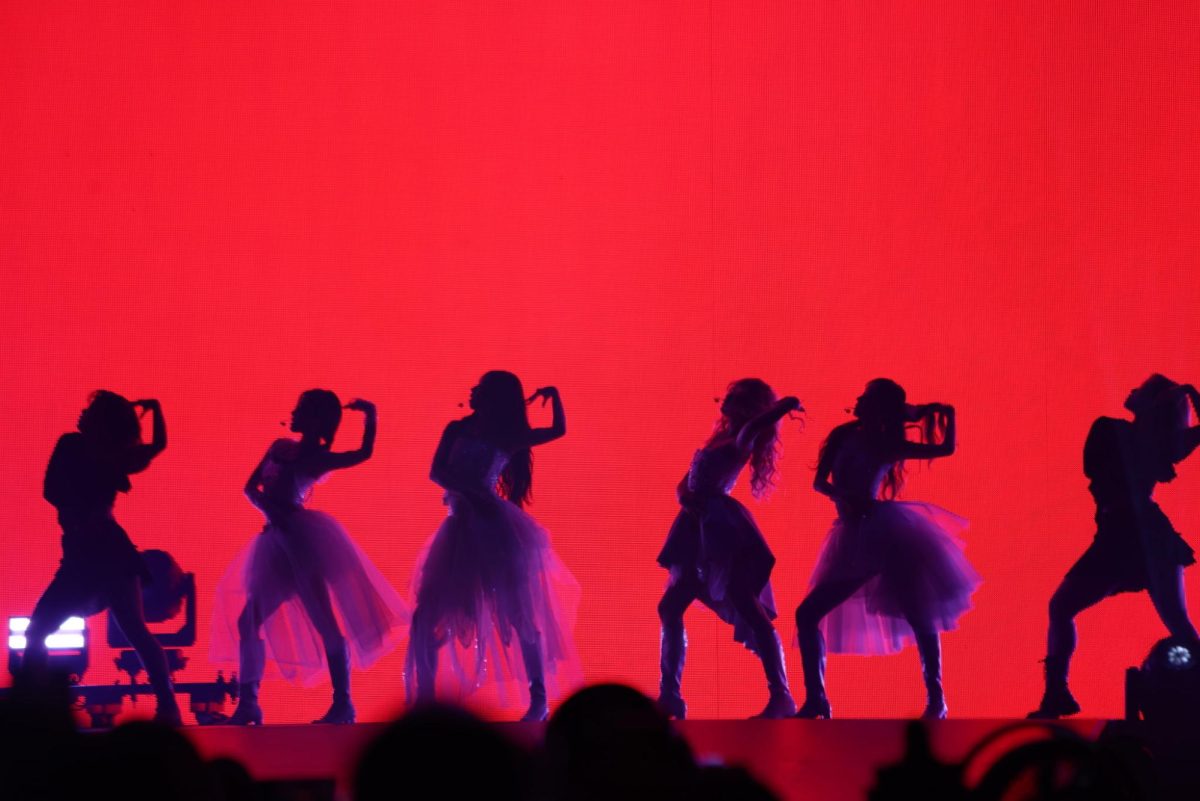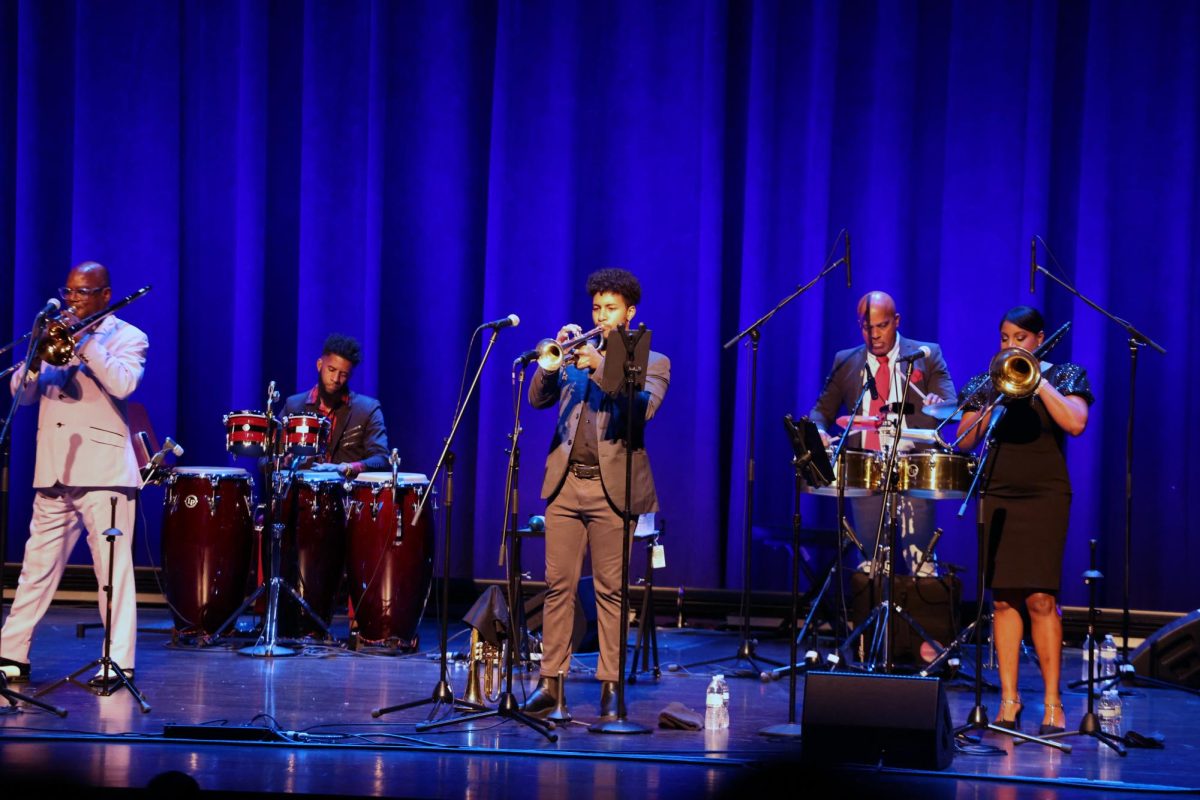Ah yes the humble vinyl long play record, first released in 1948 by Columbia Records, to this day it remains the pinnacle of audio engineering. Close your eyes and just imagine, the shimmering inky darkness of the circular disc of wonder, the groves inscribed upon its surface as intricate and rife with meaning as an ancient record in the library of alexandria. It is truly an exception in the spectrum of audio storage mediums.
How does it work? You may be asking, no, not’maybe’ you are, because you are simply so enveloped by this new world I have awoken you to, and well, the vinyl record and turntable are as prolific as they are in pop culture and hipster hideaways. Surprisingly, few people actually understand how these devices function, and you want in on the secret, don’t you?
Well first things first, to truly appreciate the inventive brilliance of analog recordings we must understand the intricacies of sound. The sensation of sound is created by the vibration fluid in the coachella located within your inner ear, the fluid is stimulated by vibrations that travel through the air from the source of the sound.
The musical journey begins in the stylus, the little itty bitty needle attached to the end of the cartridge, that is the part of the turntable player that contacts the vinyl record. This stylus is typically made of sapphire, diamond, or other hard crystal that is able to withstand the friction of rubbing along the grooves of the record. As the crystal stylus runs along patterns of groves that are depressed into the vinyl surface, it vibrates. These vibrations are passed up the bar connected to a coil with a magnet inside of it, and as the coil vibrates around the magnet, it creates electric pulses. These pulses are then amplified and passed through the speakers, which create the sounds that you hear!

Now what makes this medium for listening to your favorite albums and soundtracks so superior to any other, such as streaming or compact disc? Well, that is actually quite hard to answer. Some say that because of its analog nature, the music sounds closer to how it would be when performed live; others claim that the lack of compression in the audio mixing creates a warmer tone. Most would say there is no difference at all between a vinyl record and an audio file on a compact disc or on your computer. Personally, I just think they are pretty neat! You can only derive so much satisfaction from simply pressing play on a glass screen, but the ritual of setting up a vinyl record, slipping it carefully from the sleeve, placing it onto the turntable, and gingerly lifting the styles onto the spinning disc, especially when paired with a scented candle and a cup of hot chocolate, can make for a relaxing experience.








